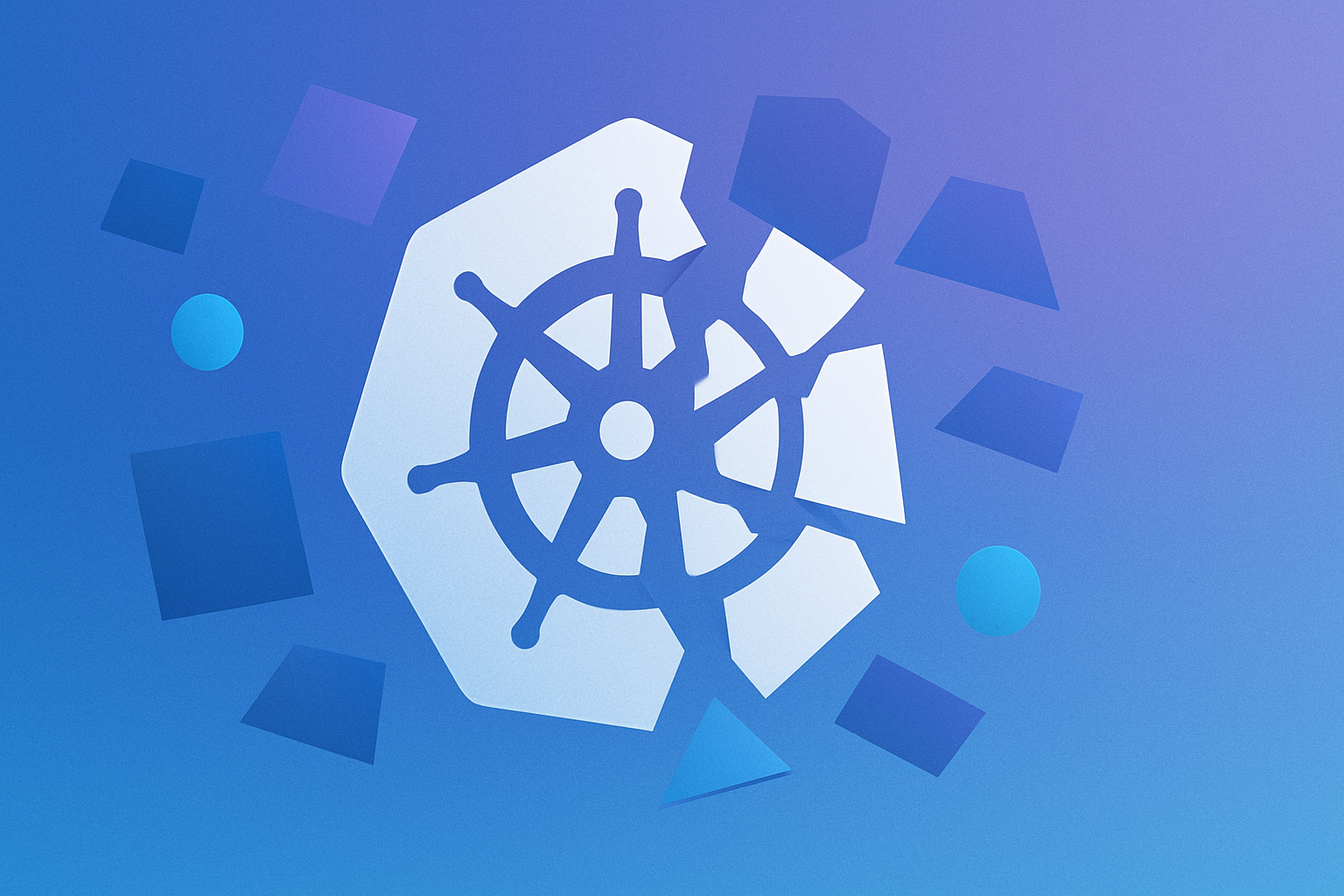As a DevOps or Platform engineer, you have a wide range of tools to choose from when it comes to automating the deployment, scaling, and management of your applications and infrastructure. Two such tools that have gained widespread adoption in recent years are Kubernetes and Terraform. But what are they, and more importantly, how do you know which one you need for your project?
This post will look closely at Kubernetes and Terraform, compare their key features and capabilities, and provide guidance on when to use each tool.
What is Kubernetes? #
Kubernetes is an open-source container orchestration system initially developed by Google and currently maintained by the Cloud Native Computing Foundation (CNCF). It allows you to automate containerized applications' deployment, scaling, and management, making it easier to run and manage complex, distributed systems at scale.
At a high level, Kubernetes works by abstracting away the underlying hardware and providing a standard set of APIs and primitives for deploying, scaling, and managing the lifecycle of containerized workloads. It does this through several core components, including:
- Pods: A pod is the primary execution unit in Kubernetes, representing one or more containers (containing an app) deployed on the same host. Pods group closely related containers that need to share resources, such as networks and storage.
- Services: A service is a logical abstraction that defines a set of pods and a policy by which to access them. Services provide a stable endpoint for accessing a group of pods, regardless of the underlying pod assignments or network topology.
- Replication controllers: A replication controller ensures that a specified number of replicas of a "pod" are running at any given time. If a pod fails or gets terminated, the replication controller will automatically create a new one to replace it.
- Deployments: A deployment is a higher-level construct that manages a set of replica sets and provides declarative updates to the system's desired state. Deployments allow you to roll out new versions of your applications or roll back to previous versions with a single command.
- Cluster: A Kubernetes cluster is a set of nodes that run containerized applications. A "cluster" can contain many related or unrelated pods grouped under tight, logical borders called namespaces.
- Kubectl: A CLI tool often used to administer operations against a Kubernetes API, invoking the APIs with various metadata instructing the cluster to transition to the desired state.
Kubernetes includes several other features and components, such as scalability (horizontal pod scaling), load balancing, automated rollouts and rollbacks, and self-healing capabilities. These features make it a potent tool for deploying and managing complex, distributed systems at scale.
Note: While newer versions of Kubernetes will not support the Docker container runtime, docker-produced images will continue to run on all runtimes within Kubernetes (on runtimes implemented on Container Runtime Interface).
What is Terraform? #
Terraform is an open-source infrastructure as code (IaC) tool developed by HashiCorp. It is a declarative configuration language that enables you to define and provision infrastructure resources, such as virtual machines, networks, and more. This adaptability and automation make it easier to version control, collaborate on, and reuse infrastructure configurations in a third-party cloud provider-agnostic manner.
One of the key benefits of using Terraform is that it integrates with a wide range of cloud providers, including Amazon's AWS, Azure, Google Cloud, and more. This versatility, in the form of various community-supported "providers," makes it an excellent choice for organizations that manage infrastructure across multiple clouds.
Terraform allows you to define your infrastructure in code using a configuration file written in the HashiCorp Configuration Language (HCL). This JSON-based variant is more straightforward for machines to generate and parse than YAML. This configuration file describes the desired state of your infrastructure, including the resources you want to create and the dependencies between them.
When you run the "terraform apply" command using the Terraform CLI, Terraform will compare the current state of your infrastructure with the desired state defined in your configuration file and make any necessary changes to align the two states. This action could involve creating new resources, modifying existing ones, or destroying resources that are no longer needed.
One of the critical features of Terraform is its ability to manage infrastructure dependencies. This ability means that if a resource depends on another resource being created or configured in a certain way, Terraform will automatically handle these dependencies for you. This functionality can be a huge time-saver when working with complex infrastructure, as it eliminates the need to track and manage dependencies manually.
Another critical feature of Terraform is its support for modules. Modules are self-contained configuration units used to encapsulate and reuse infrastructure code. The extensibility and portability of these modules make it easier to create reusable, modular infrastructure configurations, which can be shared and reused across multiple projects.
When to use Kubernetes #
As we've seen, Kubernetes is a powerful tool for deploying and managing large-scale containerized applications. It's particularly well-suited for microservices-based architectures and can help you automate the deployment and management of these applications across a fleet of servers.
Suppose you're working on a project that involves deploying and managing containerized applications; you would need a way to automate this process. In that case, Kubernetes is likely the right choice for you. It's also a good choice if you need to scale your applications horizontally, as Kubernetes makes it easy to add or remove capacity as needed.
When to use Terraform #
On the other hand, if you're looking to define and provision infrastructure resources, then Terraform is the better option. It allows you to express your infrastructure in code, making it easier to version control, collaborate, and reuse. Additionally, Terraform integrates with a wide range of cloud providers, making it an excellent choice for organizations that manage infrastructure across multiple clouds.
Terraform is also a good choice if you need to manage complex infrastructure dependencies, as it handles these dependencies automatically. And if you're working on a project that requires creating reusable, modular infrastructure configurations, then Terraform's support for modules can be a huge time-saver.
Kubernetes vs. Terraform: Which one do you need? #
Which tool is right for you: Kubernetes or Terraform? Ultimately, it depends on your specific needs and use case.
If you're looking to deploy and manage containerized applications, then Kubernetes is likely the better choice. It's particularly well-suited for microservices-based architectures and can help you automate the deployment and management of these applications at scale.
On the other hand, if you're looking to define and provision infrastructure resources, then Terraform is the better option. It allows you to express your infrastructure in code, making it easier to version control, collaborate, and reuse. Additionally, Terraform integrates with a wide range of cloud providers, making it an excellent choice for organizations that manage infrastructure across multiple clouds.
Kubernetes and Terraform can both be part of a larger DevOps workflow. For example, you might use Terraform to provision infrastructure resources, such as virtual machines, and then use Kubernetes to deploy and manage applications on those machines.
Kubernetes is an excellent choice for deploying and managing containerized applications, while Terraform is a powerful tool for defining and provisioning infrastructure resources. Choosing one or both will depend on your specific needs and use case.








